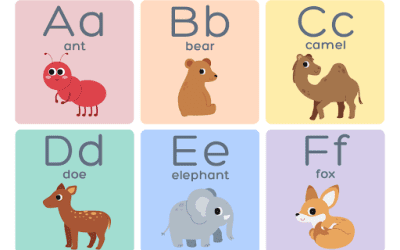The nature of a MOOC is changing. Top universities are now using MOOCs to gain wide exposure. Students can get a taste of what the university has to offer. Some universities are even offering university credits at a fraction of the cost for completing their MOOC.
The large scale of a MOOC, and its openness to students from across the globe, changes the delivery of the course. MOOC lectures can be accessed at any time and the course is self-paced with no due dates. Three elements should be kept in mind when developing a MOOC.
- Peer Feedback: It would be impossible for an instructor to individually reach the large number of students that enroll in a MOOC. A student must instead rely on peer feedback. In order to ensure that students are providing quality feedback, a well structured rubric needs to be provided. The rubric should encourage students to do more than rate one another’s work on a scale. The rubric should also challenge students to write their own helpful feedback.
- Lecture Format: A MOOC is asynchronous, meaning students can access material anytime during the day. Because students are not learning in a group, it is even more important to engage them. Interactivity can be added throughout the course. One way to catch their attention is through pre-recorded material.To change a video from being a passive learning experience to an active one, interactivity is needed. One way to do this is to have the video pause and show embedded questions. These questions act as a great check-in point for the student and ensure that they are paying attention. The video can be locked by each question and unlocked as they are answered. This makes the learner now responsible for receiving their content.
- Open Access Material: It’s important to keep in mind that not all students will have access to an academic database like they would through a university. Therefore, the developer must ensure that content is easily accessible to all. The openness of the material will require additional scrutiny by the developer to determine it is of quality. To enrich the amount of material offered, encourage students to gather additional resources and share with others.
Consider each of these three elements when developing a MOOC to help create a great experience for your many students.





